Lifelong Radiation Lab researcher Valdis Liepa retires
Dr. Valdis Liepa retires after nearly 50 years as a faculty member in the Radiation Laboratory.
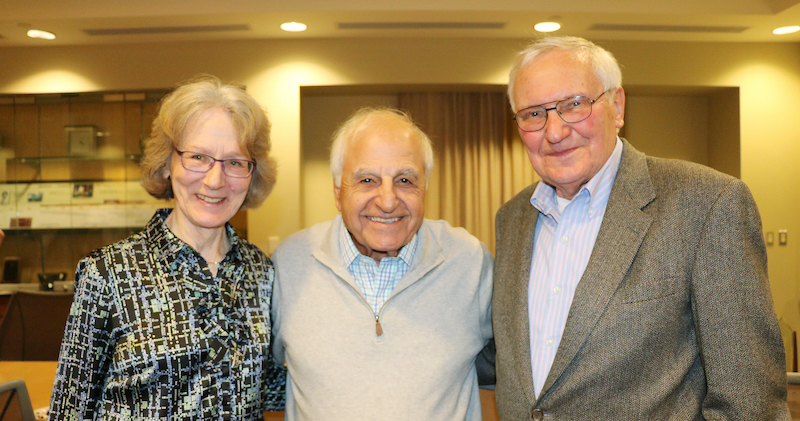
 Enlarge
Enlarge
Dr. Valdis V. Liepa, research scientist in ECE, retired from active faculty status on January 31, 2017. Dr. Liepa has been a member of the U-M family for his entire career, earning his BSE, MS, and PhD in EE (1958, 1959, and 1966, respectively), and joining the Radiation Laboratory in 1968.
Throughout his career, Dr. Liepa worked on problems in applied electromagnetics. His interests were in the areas of antennas, development and use of sensors for radio-frequency interference, electromagnetic interference measurements, stealth basics, radar-cross-section measurements and measurement systems, and measurements of surface currents and charges induced on the exterior and interior of various shapes, including those of scale model aircraft and missiles.
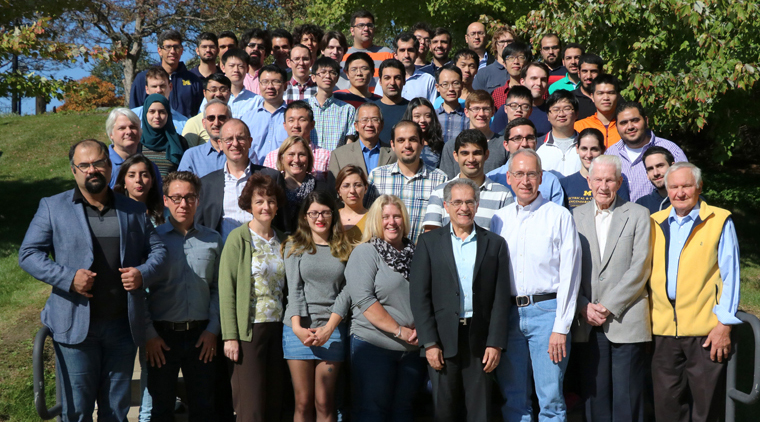
 Enlarge
Enlarge
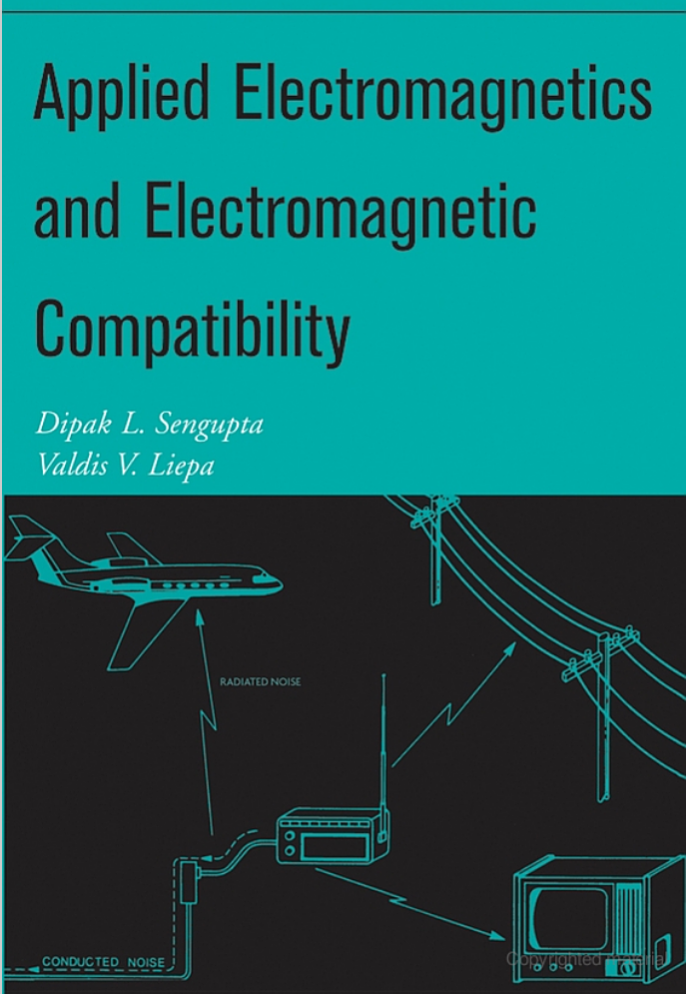
 Enlarge
Enlarge
Dr. Liepa developed and operated a special facility for the U.S. Air Force to provide frequency domain data that were otherwise unavailable or too expensive to compute or acquire by other means. In the mid-1980s, he started an electromagnetic-compatibility laboratory that measured emissions from personal computers and other digital devices and specialized in testing and consulting on automotive and personal radio frequency communication devices subject to regulation by the Federal Communications Commission and Canada. These devices included remote keyless entry (RKE) receivers and tire-pressure-monitoring-systems.
In 2006, he co-authored the book Applied Electromagnetics and Electromagnetic Compatibility with Dipak Sengupta, a former research scientist in ECE. According to the authors, the book deals with Radio Frequency Interference (RFI), which is the reception of undesired radio signals originating from digital electronics and electronic equipment. Electromagnetic compatibility is the capability of some electronic equipment or system to be operated at desired levels of performance in a given electromagnetic environment without generating EM emissions unacceptable to other systems operating in the vicinity.
Dr. Liepa also taught classes in the EECS department, including special project and design courses involving radio frequency, microwaves, and optics. Dr. Liepa was a faculty advisor to the Future Car Team, a student group that designed and built an electric/diesel hybrid vehicle (HEV) with the goal of improving overall fuel economy and reducing emissions, while retaining performance, comfort, and safety. Throughout his career, he advised municipalities and citizen groups in matters of electromagnetic radiation from devices such as cellular towers and traffic and weather radar systems. He is a Life Member of IEEE.
Faculty, students, staff, and friends of the RADLAB gathered to celebrate Dr. Liepa’s career at the end of the Winter 2017 semester. Several lifelong colleagues and former students offered remarks and memories of their work with him, while others wrote notes of thanks in advance of the event.
“Val Liepa served the Radiation Laboratory with distinction,” said Prof. Kamal Sarabandi, director of the RADLAB. “His dedication to science and engineering benefited many of our past graduate and undergraduate students who learned hands-on engineering principles in radars, antennas, and wireless from him. I am hoping, through his continued interaction with RADLAB, to benefit from his vast expertise and knowledge for many more years to come.”
“A dedicated Michiganger and ‘RADLABer,’ Val is probably one of the most revered RF experimentalists I have met,” wrote John Volakis, Chope Chair of ECE at Ohio State University. “His kindness and willingness to help are always abundant. He is a phenomenal supporter of students, and no project or experimental work is beyond his realm.”
“Your good nature and keen insight into how things work got me excited about pursuing a PhD,” wrote Randy Haupt, Professor at the Colorado School of Mines and a former student of Dr. Liepa. “You guided me, yet gave me plenty of space and freedom. You are a key force behind my successful career in the military, academia, and industry.”
View photos from Dr. Liepa’s retirement gathering
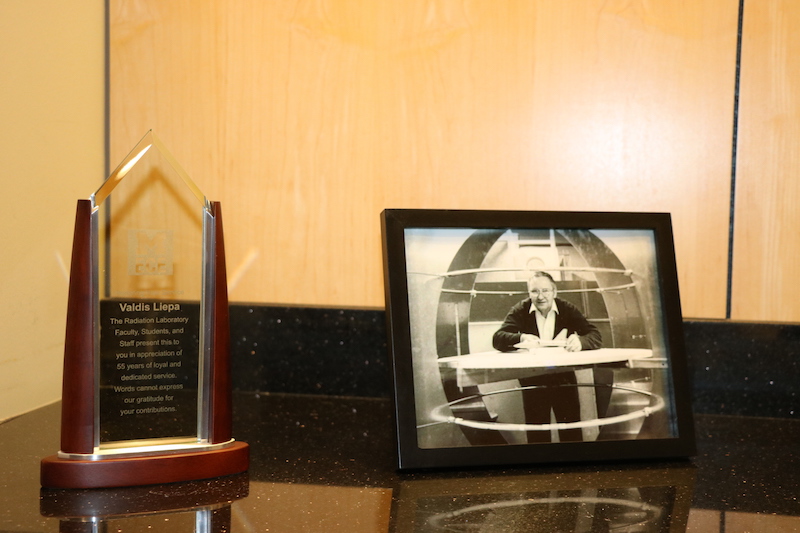
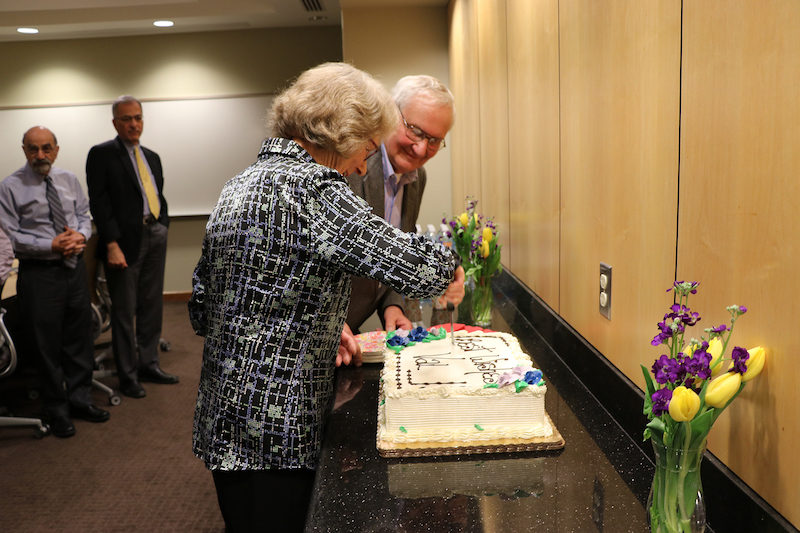
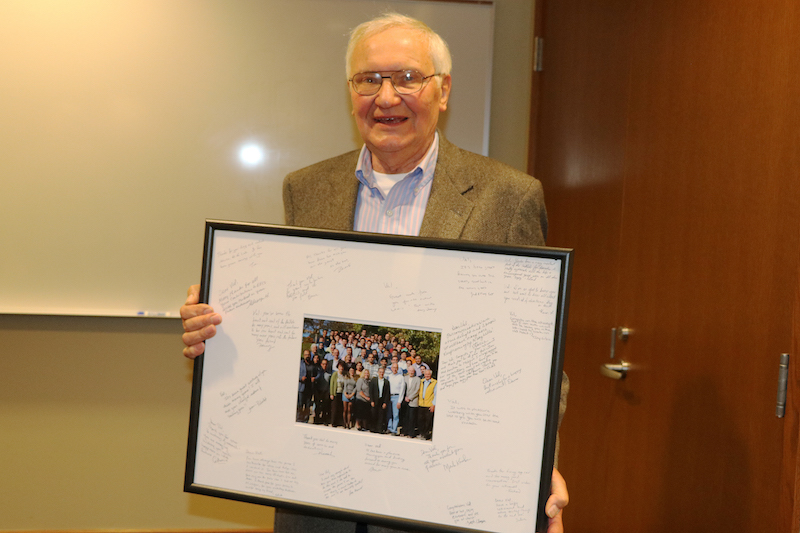
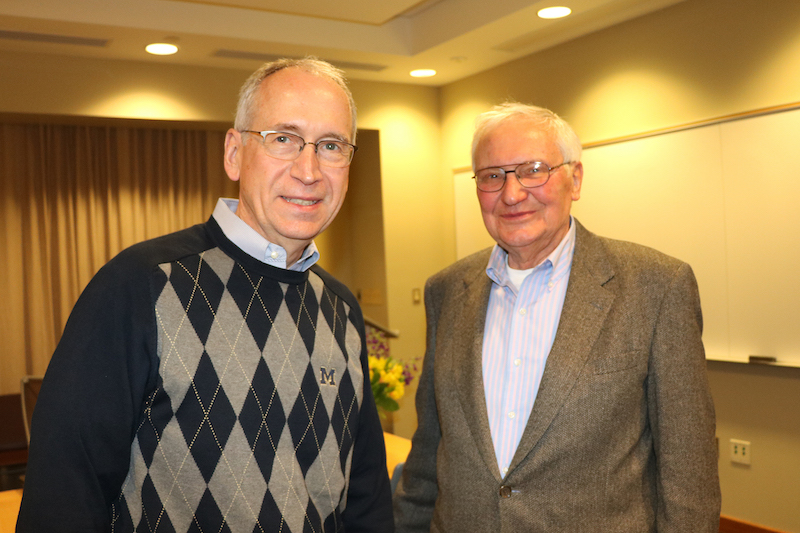
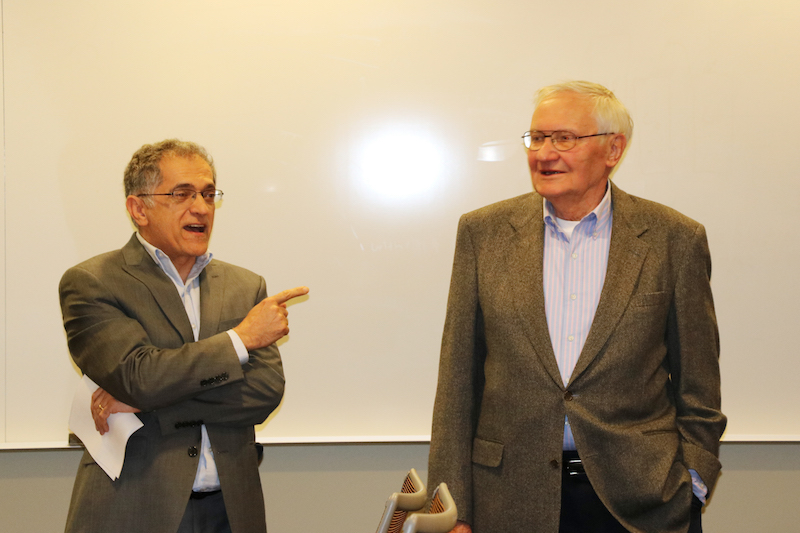
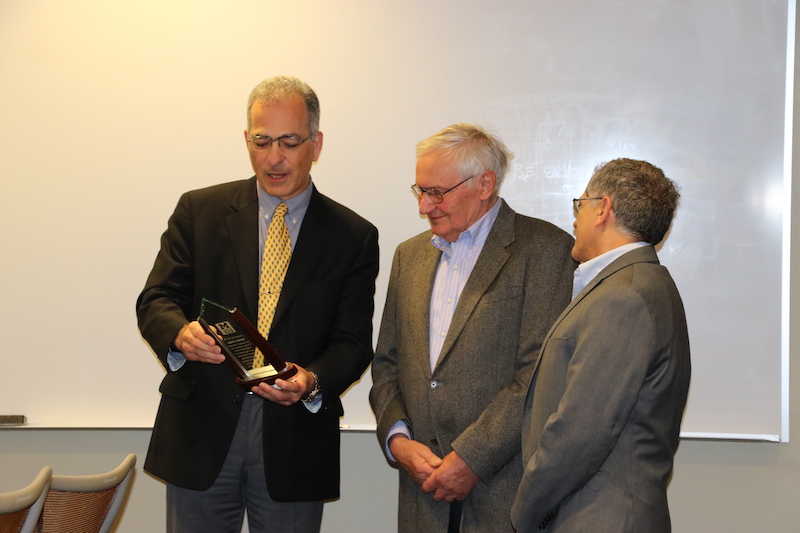
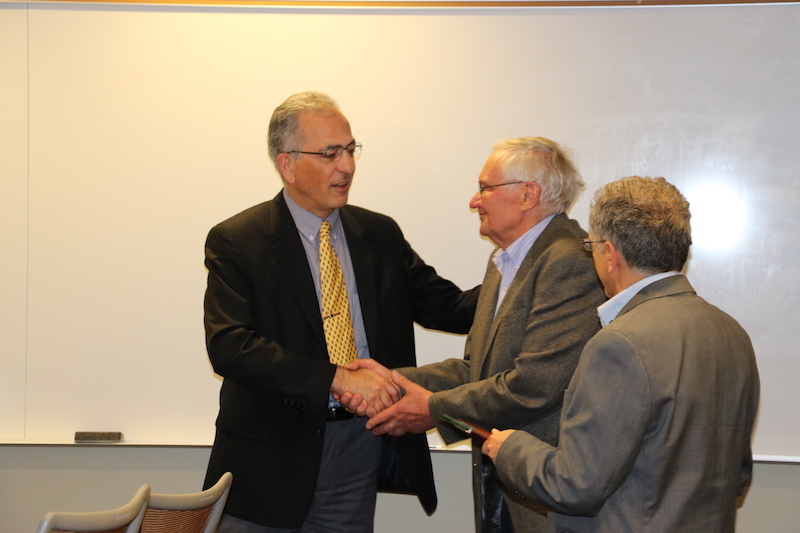

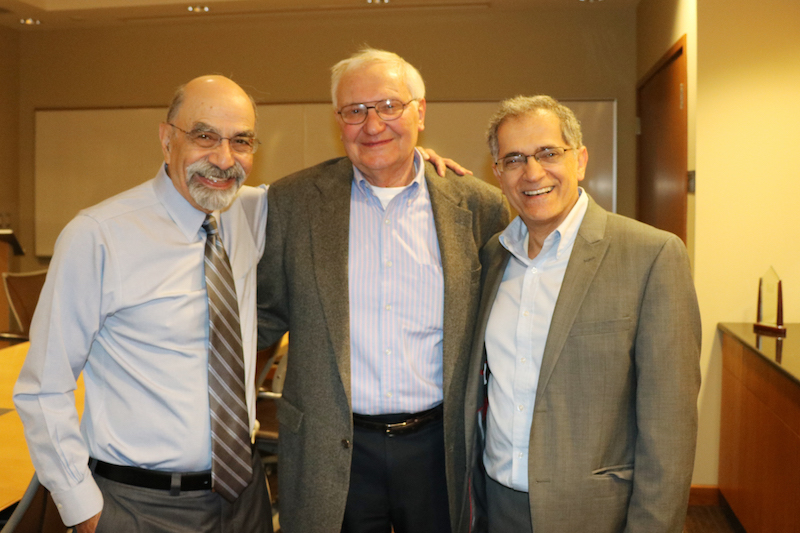
 MENU
MENU 
